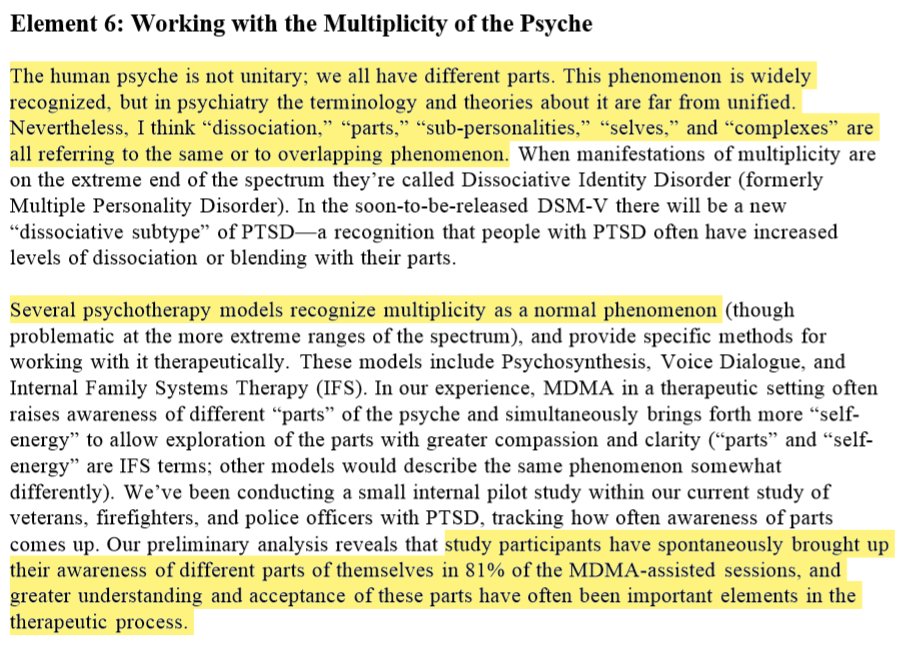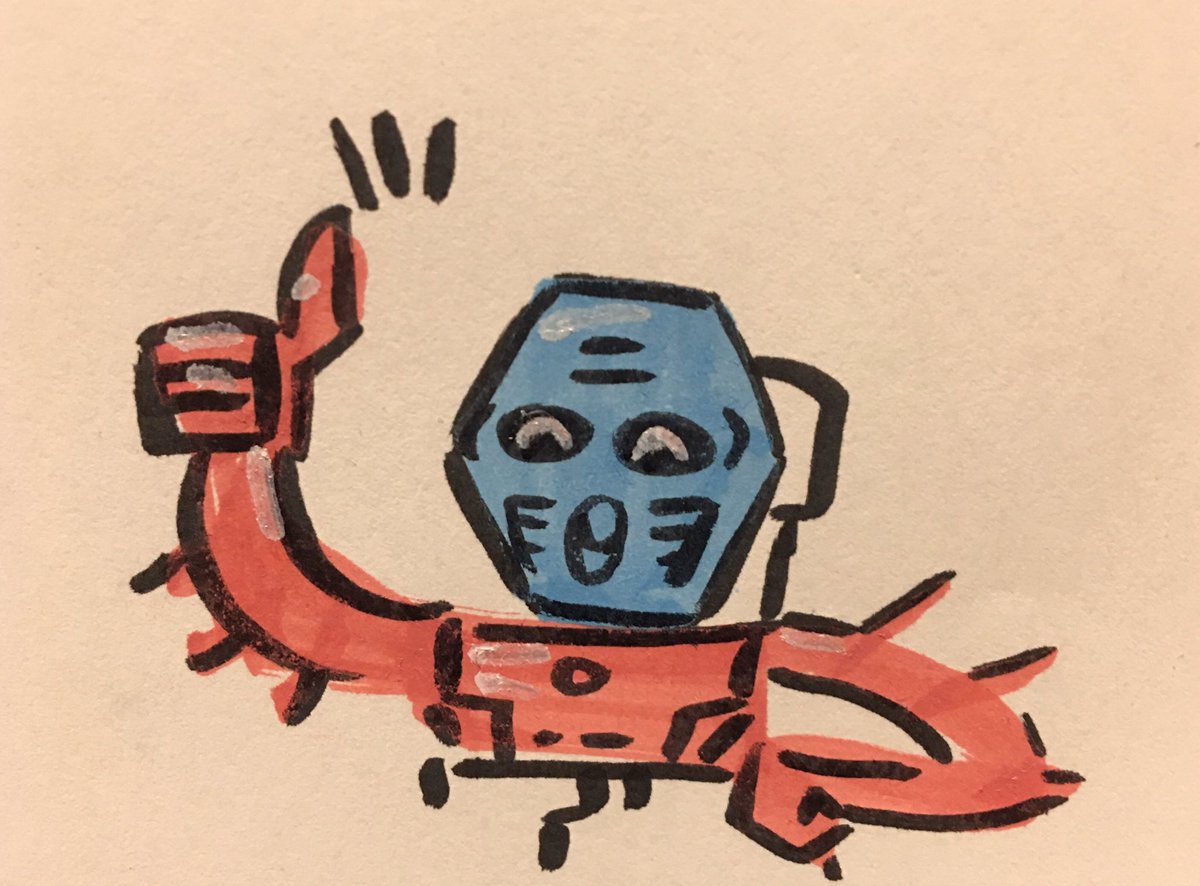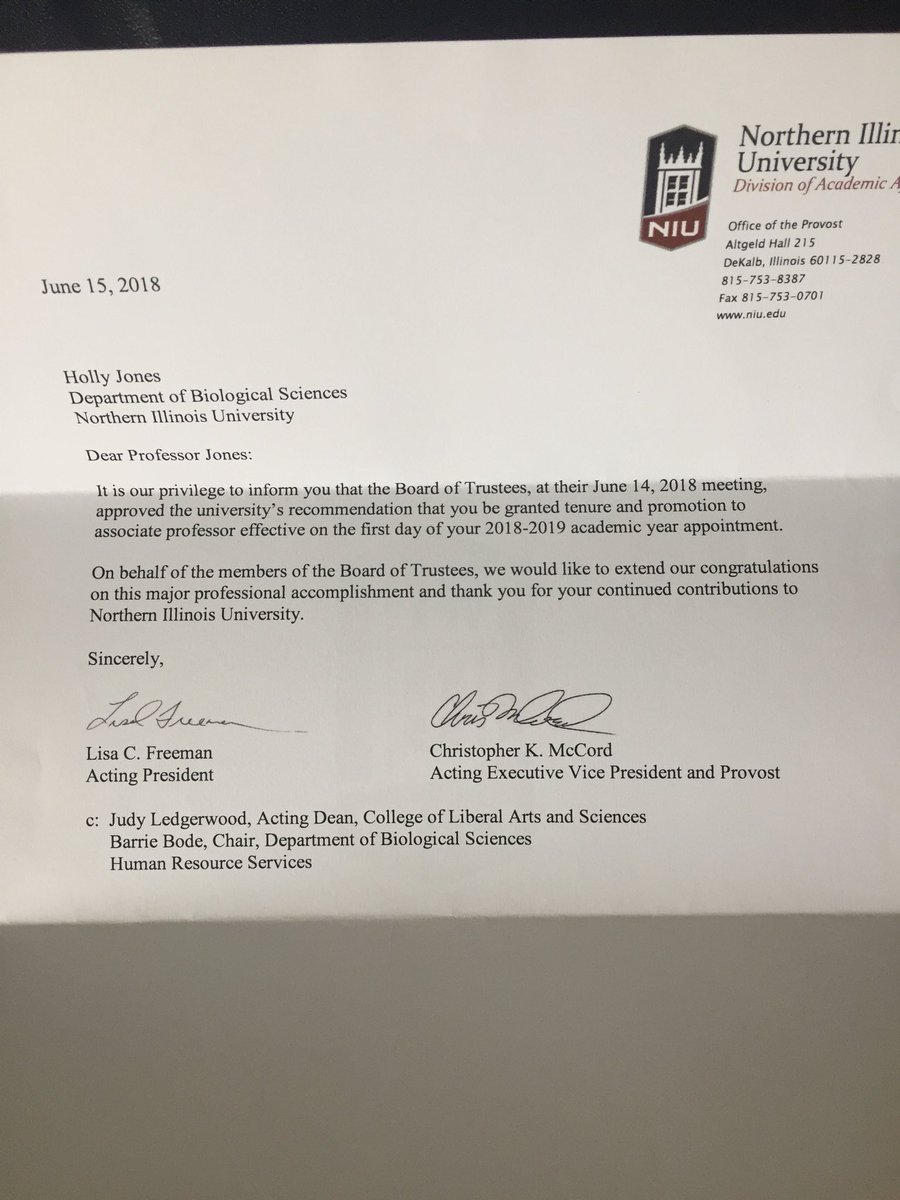100 fragments on the ego, its workings, its failings, and its alternatives.
Turns out, much like the rest of our basic knowledge and conditioning, that it's something we pick up as children, little sponges that they are, through both imitation and the sheer expectation of others.
Every thing is *distinct* from another, but never ever separate.
The no-self is very cool and all, but it is fundamentally a *non-model*—it is the express refusal to think in terms of separate selves, and while truER to experience, it doesn't cut much mustard when navigating social life.
When we use models, we don't judge them for being false—truth is an ideal none of them can aspire to. Rather we judge them for their ability to organize life in a matter that makes most sense and brings us results.
What's the alternative? If seeing ourselves as One is out, and None isn't v useful, the only reasonable one left is seeing ourselves as Many.
Ideally this shouldn't be thrown away when handling ourselves!
Do I contradict myself?
Very well then I contradict myself;
(I am large, I contain multitudes.)
Walt Whitman, Song of Myself
Conditions such as "being of two minds", of being torn about two impluses or desires—this is not something you can comfortably describe w/an ego model
It is the attitude of seeing behaviour, including within self, as interaction of interconnected and distinct parts, while not staying too attached to any one identification of such parts.
s3-us-west-1.amazonaws.com/mapscontent/re…

There's no self to pin blame to, there is only responsibility to be distributed appropriately, as the situations demand. Pool together and find ways to learn lessons and make discoveries and do things and all the good stuff.
As within, so without.
A universe sits within you.
Start accepting that, and truly acting from this knowledge.
The wonderful Alan Watts' Book On The Taboo Against Knowing Who You Are
psychonautwiki.org/w/images/d/da/…
Eckhart Tolle's A New Earth (more on ego and how to deal with it and surpass it into a more functional sense of identity and self-relationship)
eckharttolle.com/a-new-earth-ex…
Gateless Gatecrashers (specifically focused on ego dissolution and realizing reality as Life Living Itself)
liberationunleashed.com/PDF/Gateless_G…




